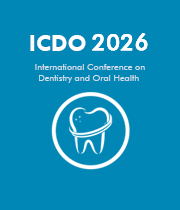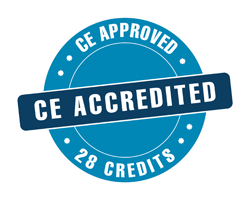Title: Nonocomposites on bone tissue engineering
Abstract:
The tissue engineering is a promising technique for bone reconstruction on maxillofacial surgery. Many materials show potential for the production of 3D scaffolds capable of maintaining the matrix structure necessary for the stability and functionality of tissue regeneration. Our objective is to present the development and characterization of decellularized matrix scaffolds of canine placentas associated with graphene-based polymeric nanocomposites. The studies were divided into in vitro and in vivo with animal models in mice and goats, showing the biocompatibility of PLLA/OG scaffolds through subcutaneous and intramuscular implants in Wistar rats, and the production of trabecular models incubated in mesenchymal stem cells (MSCs) culture for seven days with SEM microscopic and immunohistochemical evaluation. Subsequently, the 3D printed scaffolds by Fischer Koch modeling were characterized regarding their physicochemical properties and cell viability. FTIR and Raman spectroscopy spectra confirmed the compliance of the composites with literature standards. The in vitro assay demonstrated cell adhesion and growth, and cell viability showed that the composites were not cytotoxic. After initial characterizations, the PLLA/OG scaffolds were combined with canine placenta hydrogel and mesenchymal stem cells (MSCs) for implantation in goat mandibles, aiming at bone repair. The placentas were decellularized and characterized histologically to confirm cell removal. The hydrogel derived from decellularized extracellular matrix (dECM) was evaluated for cytotoxicity and cell adhesion by SEM. In vivo assays showed no rejection or adverse immune response. Thermography showed that the scaffolds associated with the hydrogel and MSCs were as effective as the control, and magnetic resonance imaging indicated the formation of bone callus, characterizing the repair phase. Finally, the post-transplant immunological response of PLLA/OG was analyzed at 15, 45 and 60 days to understand the mechanisms of tissue repair. Histologically, remodeling around the biomaterial was observed, with formation of bone matrix and mineralization at the biomaterial-bone interface. At 60 days, there was a gradual reduction and irregularity in the PLLA/OG structure, suggesting biodegradation and resorption, confirmed by quantification of new bone formation. There was positive staining for osteocalcin and VEGF, indicating osteoblastic activity. Thus, PLLA/OG composites demonstrated promising properties for bone tissue engineering. Their application is relevant for structures subjected to moderate loads, such as the mandible, contributing to the development of innovative biomedical implants.




